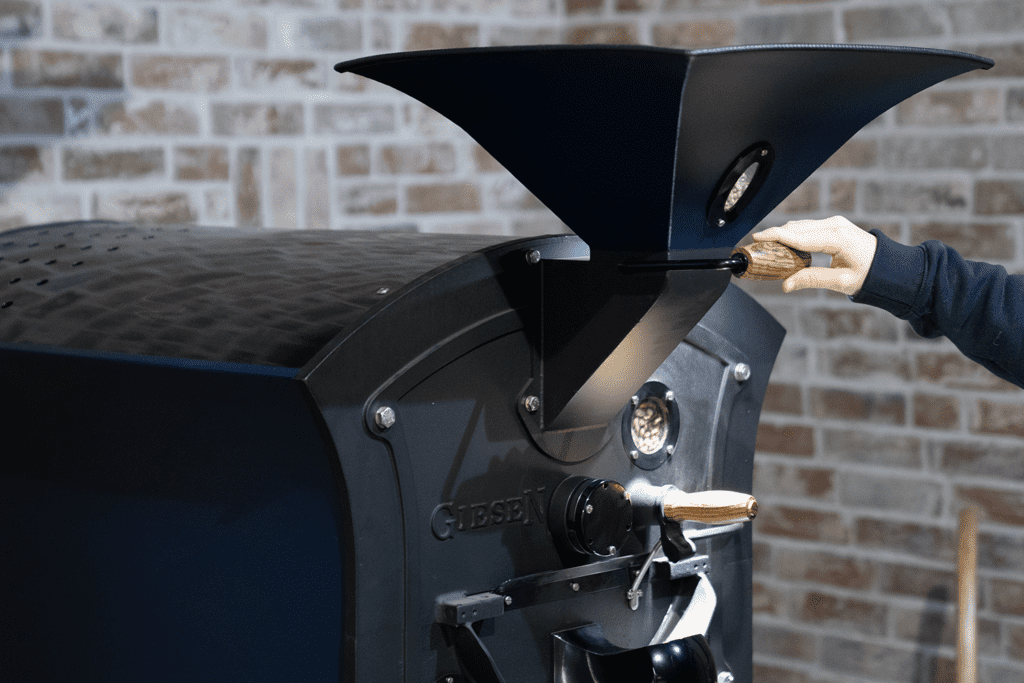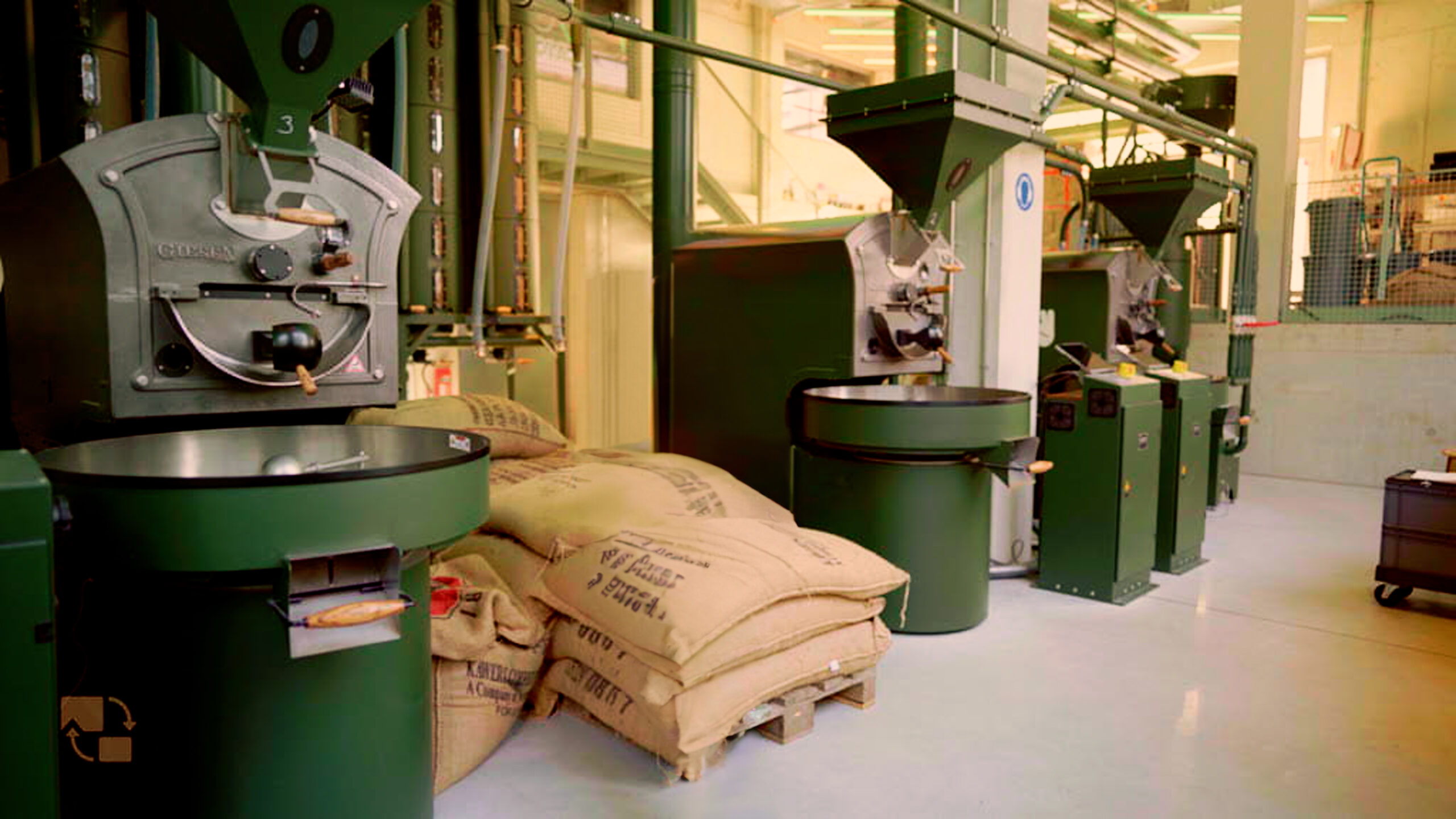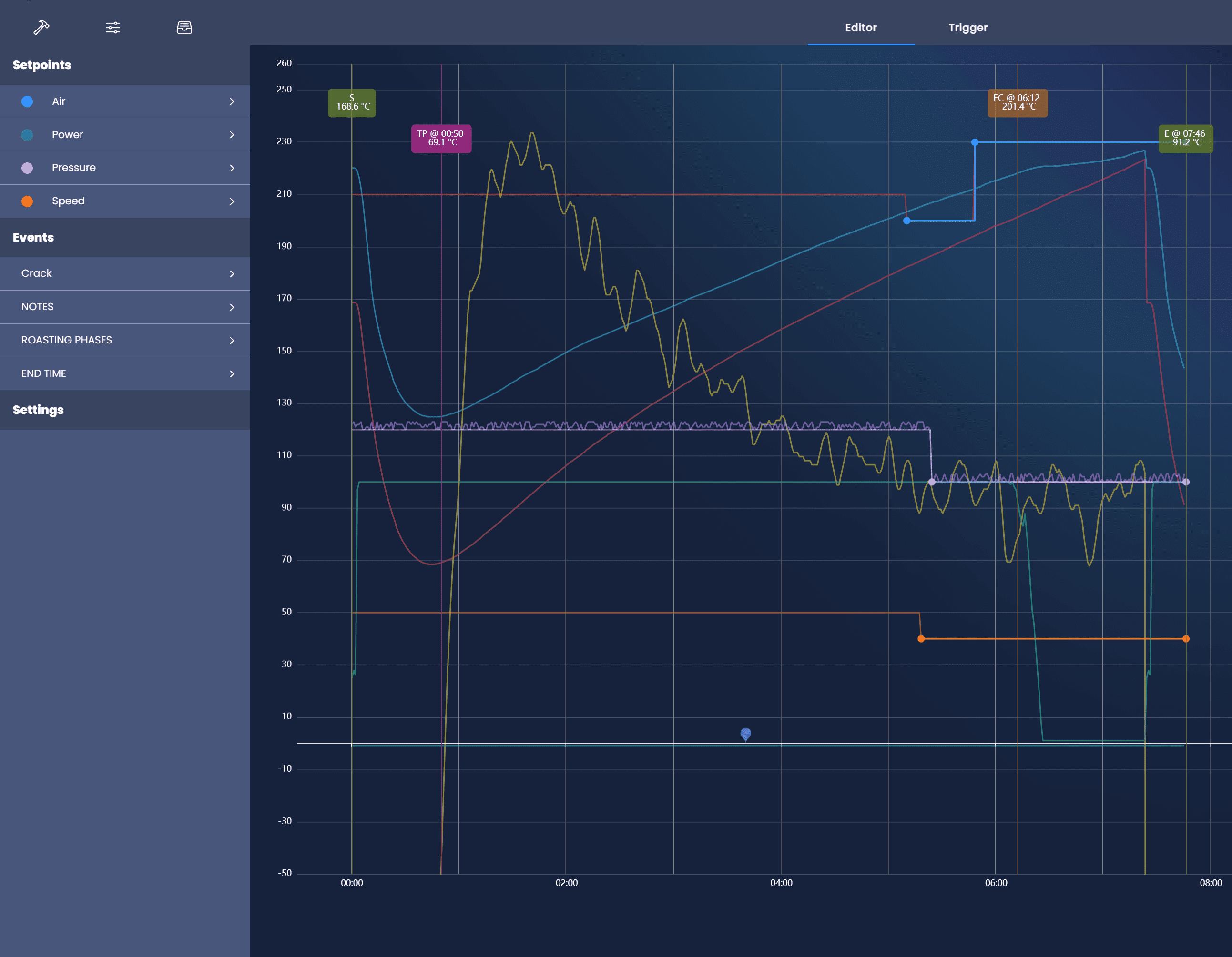In this blog, we’ll tell you all the secrets of coffee roasting basics!
- You’ll discover the basic aspects of a powerful roast
- Two roasting errors and how to prevent them
- Tips from other roasters on great roasting sources
The basics of a powerful roast
What better way to start this blog than by immediately diving into the basics of coffee roasting? We listed the best tips in our most read article: ‘The basics of Coffee Roasting’.
Here, we share the basics behind the process of roasting coffee beans. What steps do the green beans go through and what is the science behind it?
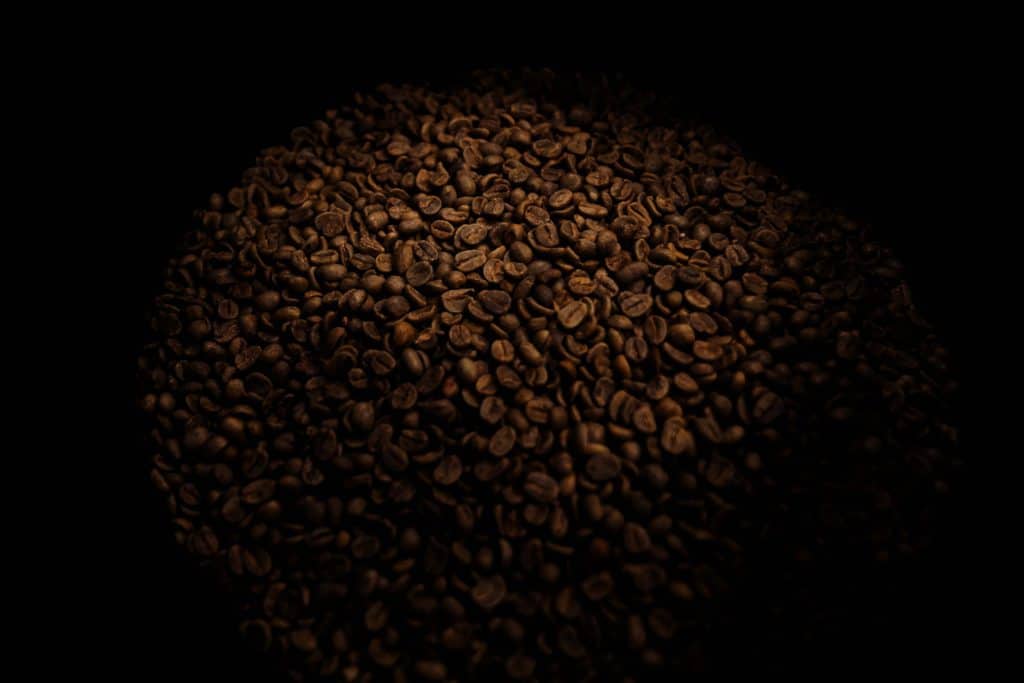
Drying the green beans
Green beans generally have a humidity of around 10%. This means we need to dry the beans before we start the actual roasting process. The beans will need around 6 to 8 minutes of roasting time to complete the drying process. Maintaining control of the temperature inside the drum is very important at this stage. Because you do not want to burn the beans in this process. At the end of the drying stage, the bean temperature will be around 160 °C.
TIP: The drying phase comes down to precision work! Please follow the rules about time and temperature while roasting. Otherwise, you risk the fact that the coffee will burn.
Browning the beans
At this stage, the aromas of the bean will start to develop! During the browning process, we see the Maillard reaction taking place. Did you know that the Maillard reaction is a series of chemical reactions? These reactions have an important role in developing the flavors of the coffee. When roasting, the Maillard reaction starts when the bean temperature is around 140/150 °C. But this reaction does not only happen while roasting coffee. It is also responsible for the brown color in toast, meat, and chocolate!
After the Maillard reaction, the beans will contain an amount of heat that forces the beans to crack open. This is the first crack. The beans usually crack between 190 and 195 °C but this is different for each type of coffee or roast.
Roasting coffee beans
After the first crack, the beans will release the heat that built up during the previous stages. This is exothermic heating. The way to proceed determines if you will end up with a light, medium, or dark roast.
-
- Roast degree: The roast degree is one of the, if not the most important factors to use when indicating your roast. The color of the bean tells you a lot when looking for that perfect roast.
-
- Roast time: Roast fast and you create more aroma compounds but risk burning the beans. When you roast slowly, you have more control over the flavor development of the beans.
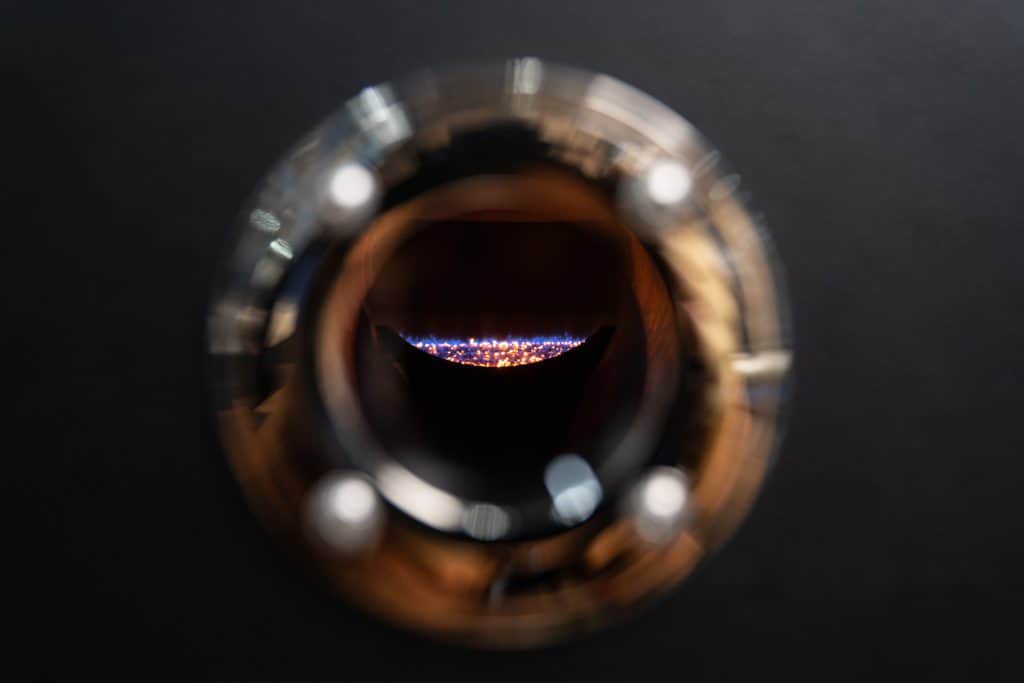
Roasting errors
While roasting you may encounter scorching or tipping. If these concepts are new to you, you probably haven’t checked out our knowledge base. But don’t worry. We’ve listed these errors and how to prevent them here:
Tipping and Scorching
Tipping happens to roasted beans when the temperature of the roaster is too high. Some people confuse this with scorching, although there is a difference. The difference between tipping and scorching is the spot on the bean where dark marks appear. With scorching, this appears on the flat side of the bean, while with tipping, it is on the tips.
Most of the time, scorching happens because your drum is too hot. The beans touch a surface whose temperature is too high. You can prevent this by lowering the charge temperature of the coffee roaster. Another problem can be the speed of the drum which is too low. Another solution is to speed up the drum.
How does tipping occur?
Dark marks on your beans will appear when your charge temperature or bean temperature is too hot. Because the beans can’t conduct or absorb the heat fast enough, it burns in a particular area. Some people say this happens during the second crack.
How to recognize a scorched bean?
It is quite easy to recognize scorching. One of the sides of the roasted coffee bean is charred and looks darker than the other sides. Most of the time, it’s the flat side that is burned. When you can’t see it, you can taste it. The coffee tastes burnt, bitter, and smoky. Not the taste you wish for your coffee.
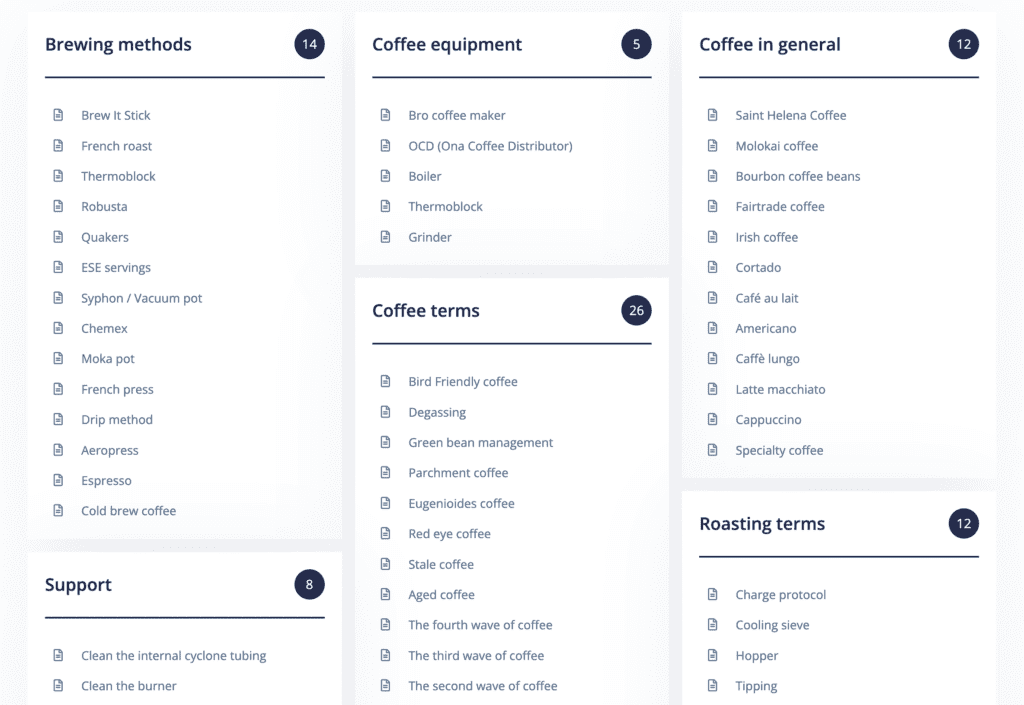
Coffee roasting resources:
If you need more information about the roasting process, keep on reading! We spoke with coffee roasters and this is what they recommend.
- Many sources
“There is a lot of good information to find in online forums, books, and various training centers. I think reading various sources is better than subscribing to just one method or theory.” – Katie Cates, Mechanic Coffee. - Willem Boot
“I went to William Boots campus for a week. I want to keep developing and attend a roasting camp every year.” – Giorgi Aivazyan, Coffee LAB. Great to hear that our very own ambassador is a great source! If you can’t attend the campus, we recommend you sign up for the Willem Boot Behind the Roast masterclasses. Every month, Willem shares his knowledge and experience, while roasting coffee! You can sign up here: Giesen Behind the Roast – Free 30 day mini course - The SCA
Darius, Vero Coffee House: “Attending the SCA Roasters Guild Retreats, SCA events, and trainings.” Read more about the SCA and their events. - The 30-day free Giesen business course
Learn and explore your roasting business in a 30-day free course! Including a free handbook. We consulted many sources and used our network of ambassadors, distributors, and clients. They all contributed to creating the downloads and the mini-course. You can expect 14 emails packed with free tips and experiences from real coffee roasters. Some emails contain a video with a personal message, other emails show you the most useful sources for coffee roasters. Sign up here: Giesen Business Package – Free 30 day mini course

